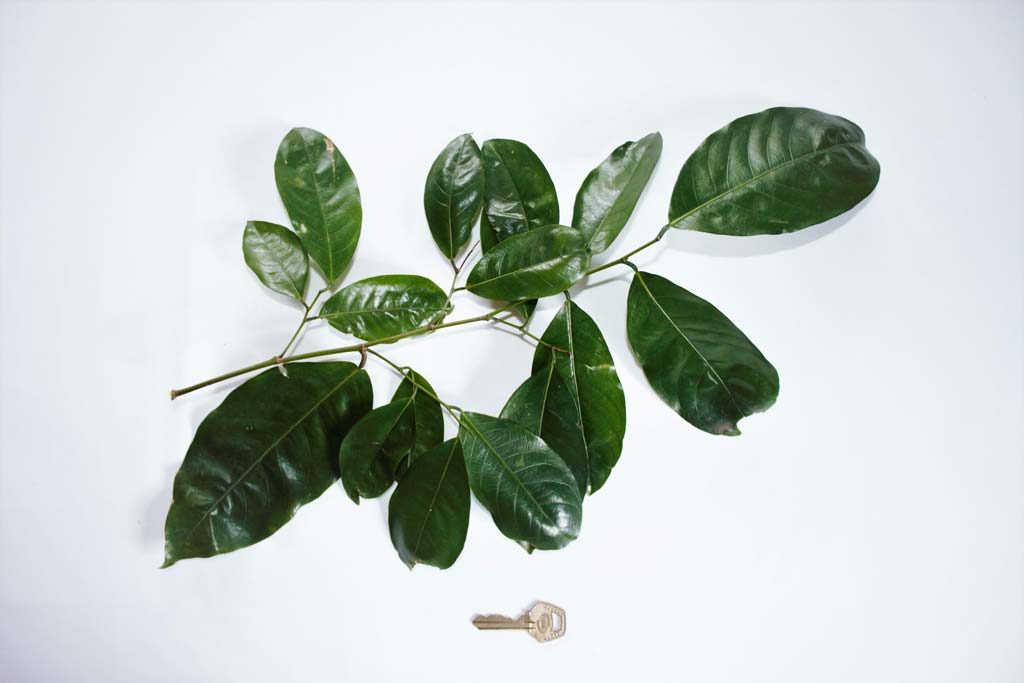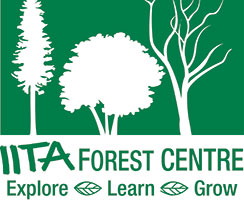
23 Jul Irvingia tenuinucleata
Scientific name: Irvingia tenuinucleata Tiegh.
Synonym: Irvingia wombolu Vermoesen.
Family: Irvingiaceae.Family: Irvingiaceae.
Distribution/conservation status: occurs in various types of forest but generally uncommon. Not assessed by the IUCN Red List. Common names:
Bitter bush mango, dry season bush mango (English), Ogbono (Igbo), Oro, Oyin (Yoruba), Ogwe, Ohere (Edo)
Fruits/seeds: ellipsoid, slightly flattened, green, turning yellow when ripe with yellow juicy but extremely bitter flesh and a single large, hard seed covered in fibres which become flat and curly (unlike those of I. gabonensis which are straight and erect).
Fruiting time: July – August.
Seed collection: fruits fall under the tree or may be collected from the tree as they ripen. Bury fruits in sawdust for 5 – 7 days; this makes it easier to separate the seed from flesh.
Type of seed: recalcitrant.
Sowing method: sow promptly at a depth of 2 cm.
Sowing medium: equal parts forest soil and cured sawdust.
Germination period: 10 – 14 days.
Germination percentage: 55 – 60%.
Vegetative propagation: marcotting/air-layering. Planting: young plants require shade.
Growth/establishment: Initially slow but then quite fast with first fruiting expected at 4 – 5 years.
Notes: Seeds may be infested by larvae of the merchant grain beetle (Oryzaephilus mercator).

Irvingia tenuinucleata syn. I

